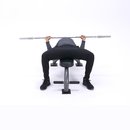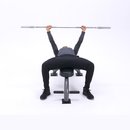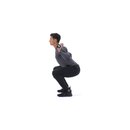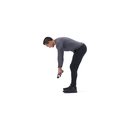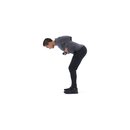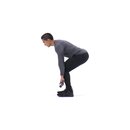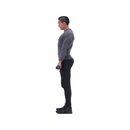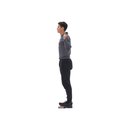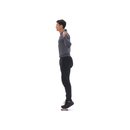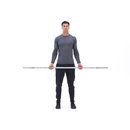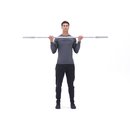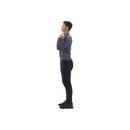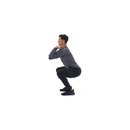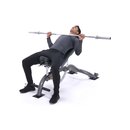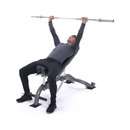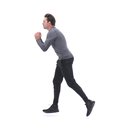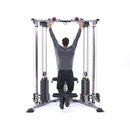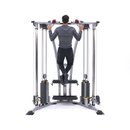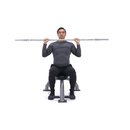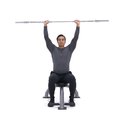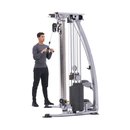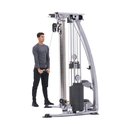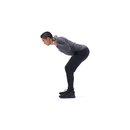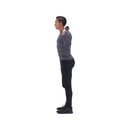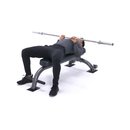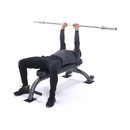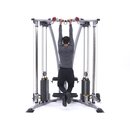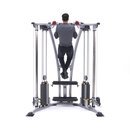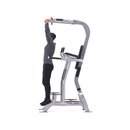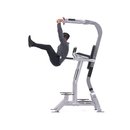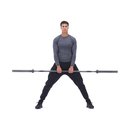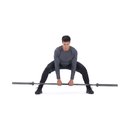

ზურგის კუნთების სახლში სავარჯიშო პორგრამები
The power rack is the single most important piece of equipment in any home gym. It doesn't matter if you're training to gain muscle or lose fat, that big hunk of steel is going to help you get there.
Gyms memberships are expensive. Although that $50 per month is supposed to give you unlimited access to all the weights and machines your heart desires, gyms are often overcrowded and under-equipped. You may spend time waiting around for a barbell or the right pair of dumbbells when you could be training.
To save money and improve results, many people are dropping their club memberships for the sanctity of their own home gym. You don't need a large array of equipment and a full line of machines for an effective home training program.
Some of the best workouts you can do are accomplished with a power rack, barbells, and a bench. A power rack offers head-to-toe training good enough for the most powerful athletes in the world. It can work wonders for you, too.
If you're thinking about buying a rack, or you already have one, here are some key points you should know about training with one.
Focus On Compound Movements
It is no secret that the most effective exercises are big compound movements with a barbell. Training in a power rack ensures that you focus on the most important work and avoid the distractions and easy trappings of less-effective methods.
Movements like back squats, front squats, pulls, and deadlifts will build the foundation for you to stand on, while single-leg work and calf raises can round out your lower-body development. The bench press, military press, rows, and pull-ups will be your focus for the solid development of your upper body. If you need some extra arm work, you can do JM presses, skullcrushers, and curls.
Consider Supersets
Supersets can help you train more intensely and burn fat. If you use this method, you'll move from one exercise to the other without taking a rest. To keep rest periods down, you'll either need two barbells or a strategy to quickly remove or add weight to the bar.
I recommend alternating between upper- and lower-body exercises. This will allow your upper body to rest while your lower body is being trained, and vice versa. This approach will help you maintain strength throughout the workout.
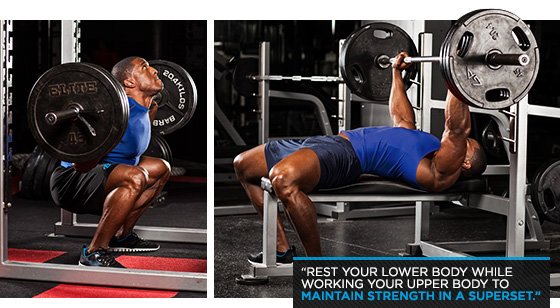
If you're more concerned with building muscle size and strength, you may want to stick to straight sets. In other words, complete one set of one movement and then rest before you begin the next set. Taking longer and more frequent rest periods will allow you to lift heavy throughout your workout.
Finish With Isolation Movements
Isolation movements fully fatigue muscles and give you an excellent pump. They include exercises like biceps curls, triceps extensions, and calf-raises. Be sure to do these at the end of your training session.
If you do a bunch of triceps extensions before you bench press, you do yourself—and your 315 max—a disservice.
Power Rack Programming
I created a beginner and an advanced power rack program. Both are full-body, three-day splits that can fit into a busy schedule. Because these workouts are full-body, make sure you take a day off between sessions.
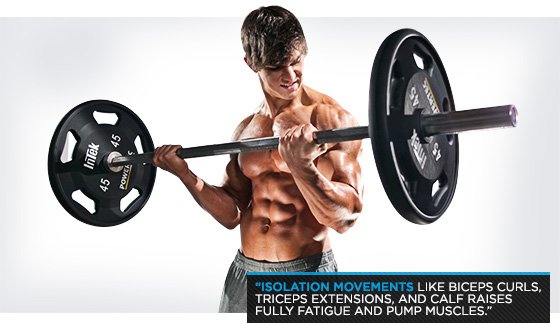
You can do cardio or active rest between weight days, but make sure your body recovers before you begin the next workout.
Beginner Program
If you choose to try the beginner program, you'll be working in straight sets. Make sure you get the proper rest time. Put a clock in your home gym, or keep a timing device nearby so you can keep track of your rest and work periods.
You can start by foam rolling tight muscles and get a general cardiovascular warm-up. From there, do calisthenics, air squats, and light starter sets. You should do this warm-up for 10-15 minutes, before engaging a heavy weight.
Advanced Program
This workout is meant to be more challenging. The rest times are shorter and the supersets will be more fatiguing than straight sets. Like the beginner workout, make sure you do some dynamic warm ups and do light sets before you begin working with heavy weight.

